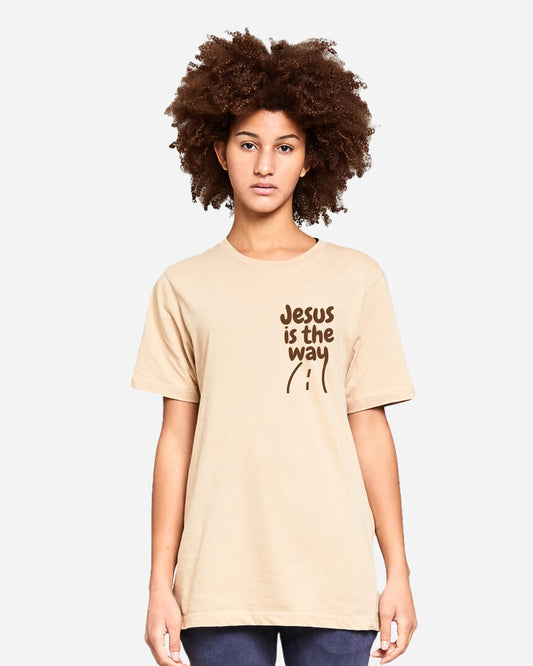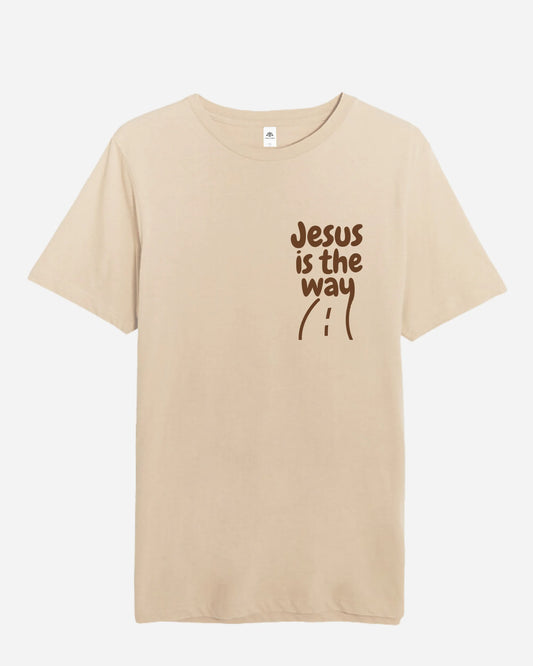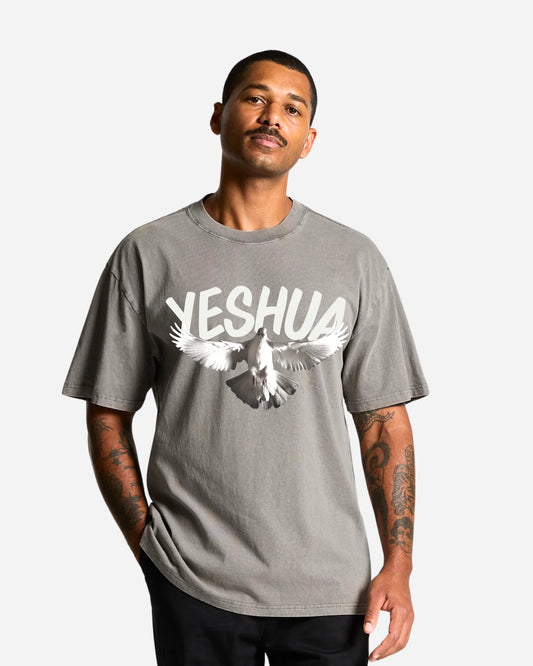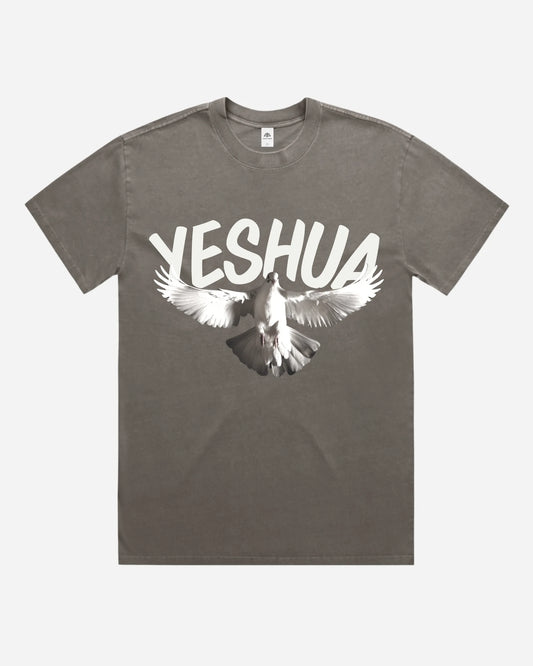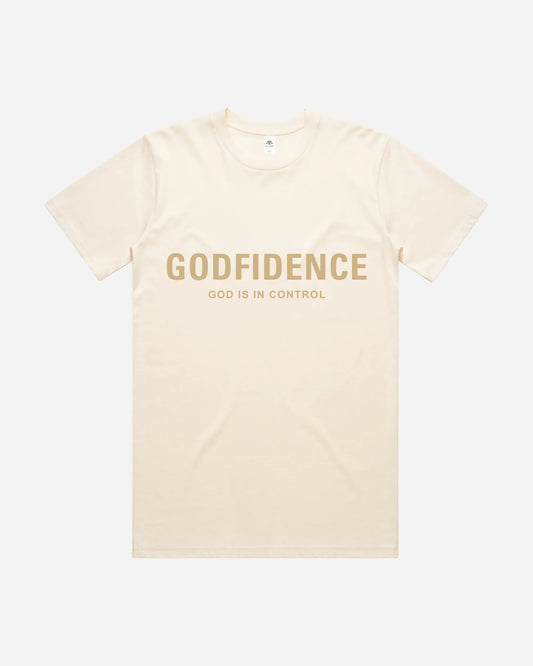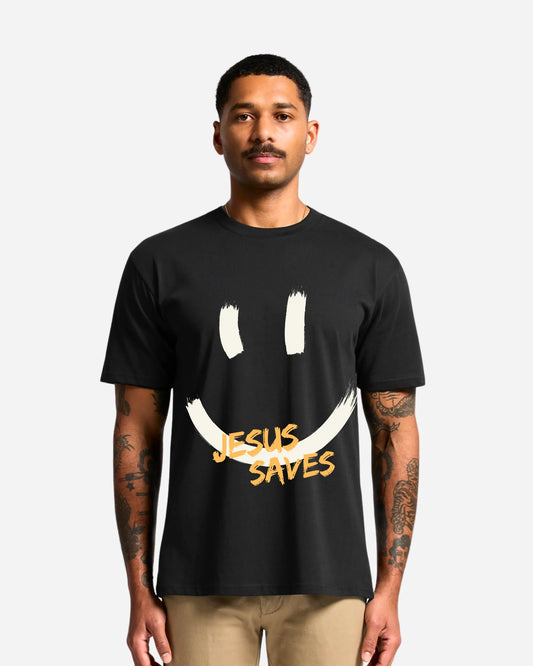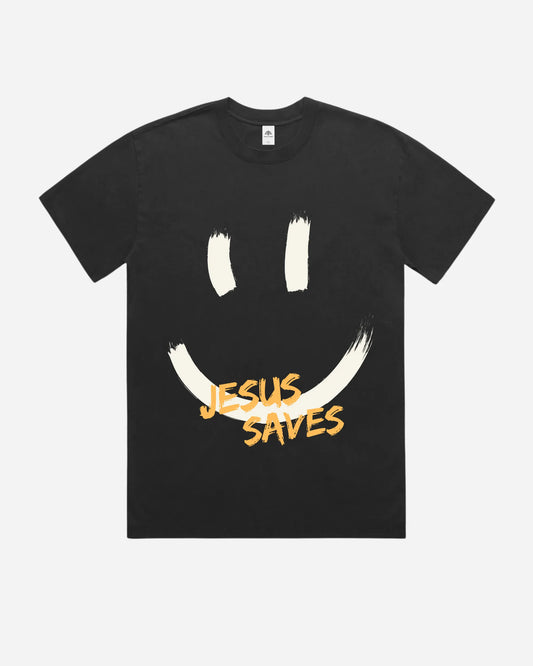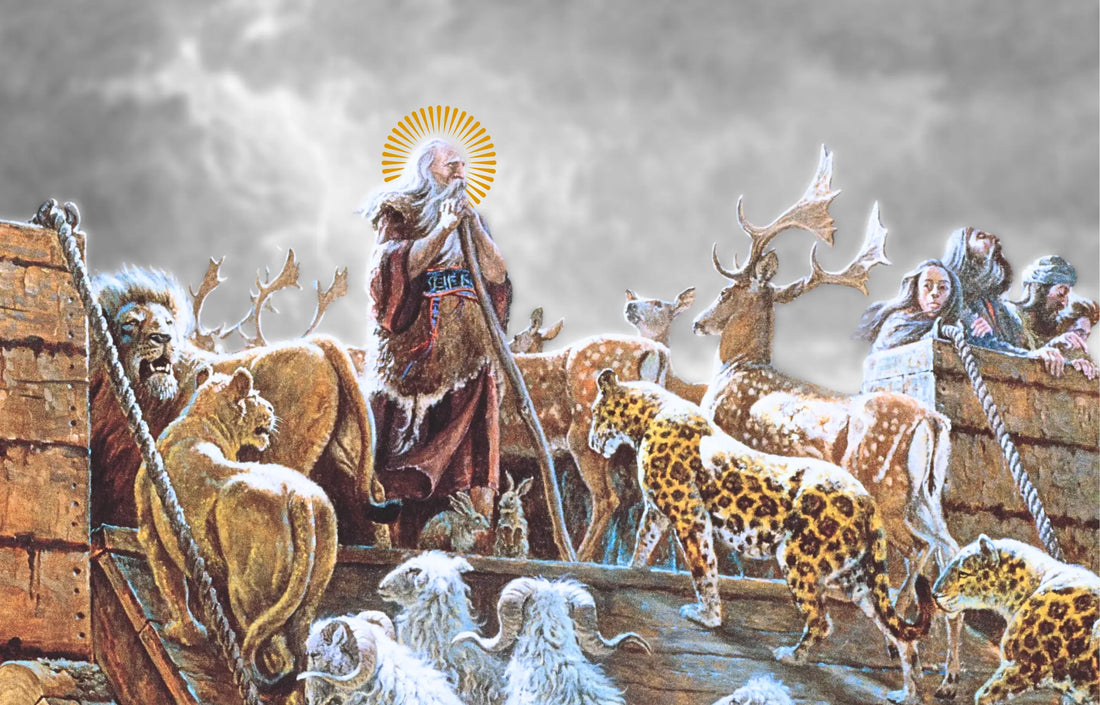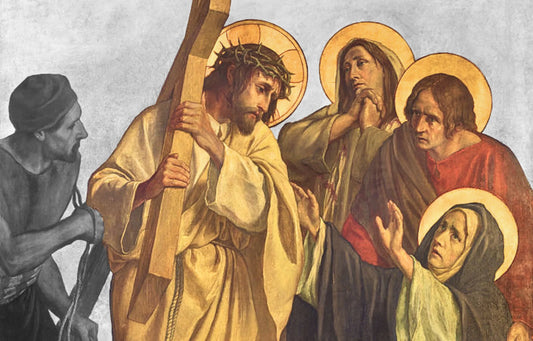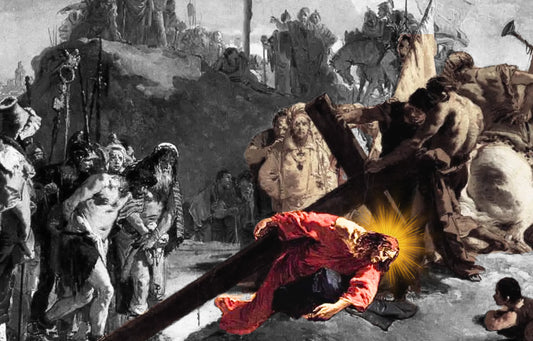Animals appear throughout the Bible not as filler or decoration, but as integral parts of divine communication. More than 120 animal species are mentioned in Scripture, from lions and lambs to serpents and sea monsters. These creatures serve as symbols, sacrifices, instruments of judgment, and emblems of divine truth.
In Numbers 22, Balaam's donkey becomes a prophetic voice. In Genesis 9, animals enter into covenant with Noah. The repeated appearance of animals underscores their theological role—not merely as background actors, but as God-ordained messengers and metaphors.
All Biblical Creatures From A to Z
A
Addax – Deuteronomy 14:5
A desert-dwelling antelope listed among clean animals. It represents the biodiversity acknowledged in Israel’s dietary laws.
Ant – Proverbs 6:6; 30:25
The ant is commended for its foresight and industriousness. It serves as a model for wisdom, prudence, and communal responsibility.
Antelope – Deuteronomy 14:5; Isaiah 51:20
A clean animal often associated with grace and agility. Its presence underscores God’s creative variety in the animal kingdom.
Ape – 1 Kings 10:22
Imported to Solomon’s court, the ape reflects the far-reaching influence and wealth of the Israelite kingdom during its golden era.
B
Bald Locust – Leviticus 11:22
Included among the few insects deemed clean for consumption. Highlights God’s specific ordering of dietary holiness.
Barn Owl – Leviticus 11:18
Classified as unclean, this nocturnal bird is often associated with desolation in prophetic literature.
Bat – Leviticus 11:19; Isaiah 2:20
Symbolizes impurity and hiddenness. In Isaiah, bats dwell among idols in dark caves, reinforcing themes of judgment.
Bear – 2 Kings 2:24; Daniel 7:5
Used both as a literal threat and apocalyptic symbol of empires. Represents raw, unbalanced power and divine judgment.
Bee – Judges 14:8
Associated with Samson’s riddle and the unexpected sweetness of God’s provision emerging from strength and conflict.
Behemoth – Job 40:15–24
A colossal land creature symbolizing the untamable power of creation. While debated as either mythological or literal, it represents God’s sovereign authority over the natural world.
Buzzard – Isaiah 34:15
An unclean scavenger bird, symbolizing ruin and divine abandonment in prophetic oracles of judgment.
C
Camel – Genesis 24:10; Matthew 19:24
A symbol of wealth and burden-bearing in patriarchal narratives. Jesus uses the camel hyperbolically to critique spiritual blindness due to riches.
Chameleon – Leviticus 11:30
Listed among unclean creatures. Its adaptive qualities reflect instability and impurity in the context of ritual law.
Cobra – Isaiah 11:8
A venomous snake, often used to symbolize danger. In Isaiah’s eschatological vision, the cobra’s threat is nullified in the peace of God’s renewed creation.
Cormorant – Leviticus 11:17
An unclean aquatic bird. Its dietary habits made it ritually unsuitable, emphasizing the distinction between holy and profane.
Cow – Isaiah 11:7; Luke 14:5
A domesticated animal associated with peace, provision, and agrarian life. In Isaiah, it symbolizes harmony in God’s eschatological restoration.
Crane – Isaiah 38:14
Mentioned among mournful birds, representing human frailty and lamentation in the face of illness or death.
Cricket – Leviticus 11:22
A clean insect permitted for food. Its inclusion among kosher insects affirms God's practical provision for desert communities.
Cats – Not mentioned directly
Though not named in canonical Scripture, cats appear in apocryphal writings and later Christian symbolism. Often seen as watchful, clean, and mysterious, they invite reflection on divine presence in the quiet and unseen.
D
Deer – Deuteronomy 12:15; Psalm 42:1
Emblematic of longing and spiritual pursuit. The deer’s grace and swiftness become metaphors for seeking God.
Dog – Matthew 15:26–27; Revelation 22:15
Often symbolic of impurity and exclusion. Yet Jesus' interaction with the Syrophoenician woman subtly challenges these social and theological boundaries.
Donkey – Numbers 22:21–31; John 12:14
A symbol of humility and peace. The donkey’s role in Christ’s triumphal entry fulfills messianic prophecy and redefines royal imagery.
Dove – Genesis 8:8–12; Matthew 3:16
Signifies peace, mourning, innocence, and the Holy Spirit. It functions theologically as both a sign of covenant renewal and divine presence.
Dragon – Isaiah 27:1; Revelation 12:3
A symbolic figure of chaos and opposition to God’s order. In apocalyptic literature, the dragon personifies Satan and cosmic rebellion.
E
Eagle – Exodus 19:4; Isaiah 40:31; Revelation 12:14
A symbol of divine strength, protection, and transcendence. The eagle’s soaring flight evokes God's ability to lift and sustain His people.
Eagle Owl – Leviticus 11:16
Listed among the unclean birds. In biblical imagery, owls often accompany scenes of desolation and judgment.
Egyptian Vulture – Leviticus 11:18
Classified as unclean, this scavenger bird reinforces the association between death, impurity, and divine prohibition.
F
Falcon – Leviticus 11:14
A bird of prey identified among unclean species. It likely symbolizes swift destruction and serves as a warning within holiness codes.
Fish – Jonah 1:17; Matthew 14:17; John 21:9
Fish symbolize provision, discipleship, and redemption. In Jonah, the great fish signifies divine judgment and mercy; in the Gospels, fish are tied to miracles and calling. The early church’s ichthys acrostic made it a creedal emblem of Christ’s identity.
Flea – 1 Samuel 24:14; 26:20
Used metaphorically to express human insignificance. David refers to himself as a flea to emphasize humility and undeserved persecution.
Fly – Exodus 8:24; Ecclesiastes 10:1
Plagues of flies reflect divine judgment and disorder. "Dead flies" in perfume serve metaphorically for corrupting influences on wisdom.
Fox – Luke 13:32; Nehemiah 4:3
Symbolizes cunning and deceit. Jesus’ reference to Herod as a fox critiques political manipulation without direct confrontation.
Frog – Exodus 8:2; Revelation 16:13
An instrument of divine judgment in Egypt and a symbol of demonic spirits in apocalyptic vision. Frogs mark both temporal plague and eschatological deception.
G
Gazelle – Deuteronomy 12:15; Song of Songs 2:9
A clean animal known for elegance and speed. In the Song of Songs, the gazelle becomes a poetic image of romantic longing and beauty.
Gecko – Leviticus 11:30
Classified as unclean. Its elusive behavior and habitat likely contributed to its negative ritual classification.
Gnat – Exodus 8:16; Matthew 23:24
Symbolizes trivial impurity. Jesus criticizes Pharisees for straining gnats but swallowing camels, exposing misplaced religious priorities.
Goat – Leviticus 16:7–10; Matthew 25:33
Central to Israelite sacrificial system, especially the Day of Atonement. In Christ's eschatological teaching, goats represent the unrighteous in divine judgment.
Grasshopper – Numbers 13:33; Leviticus 11:22
A clean insect but also a metaphor for human smallness and vulnerability. The spies in Canaan report feeling “like grasshoppers” in contrast to the giants.
Great Fish – Jonah 1:17
A divine agent of both judgment and preservation. Jonah’s three-day confinement prefigures Christ’s death and resurrection.
Great Owl – Leviticus 11:17
Listed among unclean birds. Like other owls in Scripture, it is connected with ruin, abandonment, and wilderness imagery.
H
Hare – Leviticus 11:6
Declared unclean despite its cud-chewing appearance. Reflects the precision of Israelite dietary laws in defining ritual holiness.
Hawk – Job 39:26; Leviticus 11:16
A raptor known for its keen vision and soaring flight. Its migration is cited as evidence of God’s providential order in creation.
Heron – Leviticus 11:19
Unclean according to Mosaic law. Likely included for its scavenging habits, emphasizing ritual purity.
Hoopoe – Leviticus 11:19
A colorful bird prohibited as unclean. Though biologically unique, its classification reflects concern with moral and symbolic associations.
Horse – 2 Kings 2:11; Revelation 6:2–8
Symbol of military power and eschatological warfare. In prophetic visions, horses carry both divine messengers and agents of judgment.
Hyena – Isaiah 34:14 (possible translation)
Mentioned in contexts of desolation. Interpreted by some translations as part of prophetic imagery signifying cursed or abandoned lands.
Hyrax (Rock Badger) – Leviticus 11:5; Proverbs 30:26
A small, gopher-like mammal living among rocks. Though unclean, it is praised for its wisdom in seeking refuge, highlighting natural dependence on protection.
K
Kite – Leviticus 11:14
A bird of prey deemed unclean. Its sharp sight and scavenging nature likely contributed to its ritual exclusion.
L
Lamb – Genesis 22:7–8; John 1:29; Revelation 5:6
The lamb embodies innocence, sacrifice, and redemptive suffering. It culminates in the New Testament as a Christological title: “The Lamb of God who takes away the sin of the world.”
Leech – Proverbs 30:15
Used metaphorically to describe insatiable greed. The leech becomes a symbol of destructive desire and moral corruption.
Leopard – Jeremiah 13:23; Daniel 7:6; Revelation 13:2
An emblem of swiftness and predatory aggression. In apocalyptic literature, the leopard represents a kingdom characterized by brutality and power.
Leviathan – Job 41; Psalm 74:14; Isaiah 27:1
A terrifying sea creature representing chaos and evil. Theologically, Leviathan reflects God’s supremacy over the cosmic forces of disorder and darkness.
Lion – Judges 14:8; Daniel 6:7; Revelation 5:5
A symbol of power, kingship, and divine judgment. The lion is associated with both earthly danger and messianic identity in the title “Lion of Judah.”
Lizard – Leviticus 11:30
Unclean under Mosaic law. Likely included due to its close contact with the ground and association with impurity in ritual contexts.
Locust – Exodus 10:4; Joel 1:4; Revelation 9:3
A repeated motif for divine judgment. Locusts devastate crops in historical narratives and function as demonic agents in apocalyptic vision.
M
Maggot – Job 25:6; Isaiah 14:11; Mark 9:48
Symbolizes death and decay. Used to depict human mortality and the graphic reality of judgment and the grave.
Mole Rat – Leviticus 11:29
One of several “creeping things” declared unclean. Often associated with the subterranean and the impure.
Monitor Lizard – Leviticus 11:30
A specific lizard designated unclean. Included in a detailed taxonomy of forbidden reptiles within the holiness code.
Moth – Isaiah 50:9; Matthew 6:19
Represents decay, fragility, and the fleeting nature of earthly treasure. Used metaphorically to contrast temporal goods with eternal security.
Mountain Sheep – Deuteronomy 14:5
Listed among clean animals. Its presence in Mosaic dietary law affirms God’s provision through natural abundance.
Mourning Dove – Isaiah 38:14
Appears in poetic lamentation. Its cooing voice symbolizes sorrow and the soul’s cry in the midst of suffering.
Mule – 2 Samuel 18:9; 1 Kings 1:38
A hybrid beast of burden. In biblical usage, mules are often associated with royalty and practicality but remain ritually ambiguous due to their mixed nature.
O
Ostrich – Job 39:13–18
The ostrich is portrayed as a creature lacking wisdom, careless with her young. Yet her speed is unmatched. She illustrates the paradoxes of divine design, where might and folly may coexist under God’s providence.
Ox – Proverbs 14:4; Isaiah 1:3
A symbol of strength and labor, the ox is also noted for its familiarity with its master. This recognition becomes an indictment of Israel’s spiritual blindness. The ox signifies both the dignity of work and the tragedy of ingratitude.
P
Partridge – 1 Samuel 26:20; Jeremiah 17:11
Mentioned in metaphoric contexts, the partridge evokes the image of unjust gain and relentless pursuit. In Jeremiah, it represents wealth acquired by deceit, which ultimately fails.
Pig/Swine – Leviticus 11:7; Matthew 7:6; Luke 15:15–16
Unclean under Mosaic Law, pigs symbolize spiritual defilement. Christ uses swine metaphorically to warn against profaning holy things, while the prodigal son’s degradation among pigs underscores repentance and restoration.
Q
Quail – Exodus 16:13; Numbers 11:31–34
Sent by God to feed the Israelites, quail represent divine provision—but also human ingratitude. Their abundance turned to judgment, serving as a sobering reminder of how craving without faith leads to downfall.
R
Ram – Genesis 22:13; Exodus 29:15–18
The ram, caught in a thicket, becomes Abraham’s sacrificial substitute for Isaac—foreshadowing vicarious atonement. It is also integral to priestly sacrifices, symbolizing consecration and divine acceptance.
Raven – Genesis 8:7; 1 Kings 17:4–6
Noah’s first bird sent after the flood, the raven represents divine survival instincts and provision. In Elijah’s story, ravens miraculously feed the prophet, displaying God’s care through even ritually unclean creatures.
S
Serpent – Genesis 3:1–15; Numbers 21:6–9; John 3:14
Both tempter and symbol of healing, the serpent embodies paradox. It introduces sin in Eden but later becomes an emblem of salvation when lifted up by Moses—prefiguring Christ’s crucifixion as a redemptive act.
Sheep – Psalm 23:1; Isaiah 53:7; John 10:11
A foundational biblical image, sheep represent vulnerability, dependence, and covenant belonging. Christ as the Good Shepherd and sacrificial Lamb binds the symbol into the very heart of Christian soteriology.
Stag/Deer – Psalm 42:1; Habakkuk 3:19
Longing and strength converge in the deer, whose panting for water mirrors the soul’s thirst for God. Its swiftness and surefootedness are used to describe divine empowerment and spiritual perseverance.
T
Turtledove – Leviticus 12:6; Song of Solomon 2:12
A bird of sacrifice and affection, the turtledove connotes purity, peace, and faithful love. It was offered by the poor, highlighting God’s inclusion of the lowly, and also featured in romantic imagery in the Song of Songs.
Tannin (Sea Monster) – Genesis 1:21; Psalm 74:13–14; Isaiah 27:1
Often translated as “sea monster” or “dragon,” the tannin represents primordial chaos subdued by God. Its defeat signifies Yahweh’s unrivaled authority over cosmic disorder, especially in apocalyptic literature.
U
Unicorn – Numbers 23:22; Job 39:9–10 (KJV)
Mentioned in older translations like the KJV, the “unicorn” (Hebrew: reʾem) is often understood today as a wild ox. It symbolizes untamed strength and divine bestowal of power. Though likely a misidentification, it reflects the majesty of God’s created order.
V
Viper – Matthew 3:7; Acts 28:3
The viper represents danger, deceit, and judgment. John the Baptist’s rebuke of the Pharisees as a “brood of vipers” denotes moral corruption. In Acts, Paul’s survival of a viper bite illustrates divine protection and apostolic authority.
W
Wolf – Matthew 7:15; John 10:12
A predator often contrasted with sheep, the wolf symbolizes destructive forces, false prophets, and spiritual threats. Christ as the Good Shepherd protects the flock from wolves, representing His role as defender of the faithful.
Whale – Jonah 1:17 (traditionally)
Though the Hebrew text uses “great fish,” tradition associates Jonah’s creature with a whale. It symbolizes divine discipline and mercy, encapsulating death, repentance, and resurrection. Christ references Jonah’s ordeal as a typological foreshadowing of His own burial and resurrection.
Y
Young Lion – Proverbs 19:12; Psalm 91:13
A symbol of strength and youthful aggression. In Scripture, the young lion can represent both danger and royal power. It often serves in poetic imagery to depict both human rulers and natural threats, subdued under divine authority.
Z
Ziz (mentioned in later Jewish lore, not explicitly biblical)
While not found in the canonical text, the Ziz is a mythical giant bird referenced in post-biblical Jewish literature, akin to the Behemoth and Leviathan. It represents the cosmic scale of God’s dominion over all creatures—land, sea, and air.
Animals in Apocalyptic and Prophetic Texts
Biblical apocalyptic literature brims with surreal, hybrid creatures meant to stir awe, dread, and divine reverence. Daniel 7, for instance, introduces four monstrous beasts rising from a stormy sea. Each symbolizes a succession of Gentile empires—Babylon, Medo-Persia, Greece, and Rome. Their grotesque features, such as wings, iron teeth, and multiple heads, reflect not zoological interest but political and spiritual commentary. These beasts function as theological shorthand for empires that oppose God's kingdom.
Revelation 13 portrays an even more fantastical creature: a beast from the sea with ten horns and seven heads, blending leopard, bear, and lion traits. This composite entity echoes Daniel’s visions but is further intensified, symbolizing ultimate opposition to Christ through political tyranny and false religion.
These apocalyptic creatures borrow heavily from Ancient Near Eastern (ANE) iconography. Assyrian and Babylonian mythologies often depicted composite beasts—like lamassu or dragons—as guardians or omens. The biblical writers reappropriate this imagery to present God's sovereignty over even the most terrifying powers. Scholar Michael Fishbane notes that such visions express “symbolic history” where animals embody the rise and fall of nations within God’s eschatological plan (Biblical Interpretation in Ancient Israel, 1985).
Clean vs. Unclean Animals
Levitical Laws
Leviticus 11 provides an extensive taxonomy distinguishing clean from unclean animals. These rules regulated Israelite diet and ritual purity. Clean land animals were those that chewed the cud and had split hooves—such as sheep, goats, and oxen. In contrast, pigs (which have split hooves but don't chew the cud), camels, and shellfish were deemed unclean.
These distinctions served more than hygienic functions; they were about maintaining holiness. Ancient Israel’s dietary code formed part of their covenant identity, marking them as a people set apart. The classification mirrored the order and boundaries established in creation itself. Theologian Mary Douglas famously interpreted these laws as expressions of symbolic boundaries—“matter out of place”—rather than arbitrary taboos (Purity and Danger, 1966).
Jacob Milgrom, in his monumental commentary (Leviticus, Anchor Yale Bible, 1991), argues that the laws were rooted in ethical and theological motives, not just health concerns. The dietary restrictions called Israel to imitate divine holiness, abstaining from animals that defied natural categories (e.g., water creatures without fins or scales).
New Testament Fulfillment
In Acts 10, Peter receives a vision of a sheet descending from heaven, filled with all kinds of animals—both clean and unclean. A voice tells him to kill and eat, but Peter refuses, citing the law. The divine response: “What God has made clean, do not call common.”
This moment is pivotal. It not only abolishes dietary distinctions but symbolizes the inclusion of Gentiles into the covenant community. The vision is less about food and more about people. It reveals the Gospel’s boundary-breaking power.
Paul later echoes this sentiment in Romans 14 and 1 Timothy 4:4, where he states that “everything created by God is good, and nothing is to be rejected if it is received with thanksgiving.” The symbolic wall between clean and unclean collapses in Christ.
Christological Typology in Animals
Animal imagery doesn’t just populate narrative or law—it’s deeply Christological. Jesus is the Lamb of God (John 1:29), evoking the Passover lamb of Exodus 12, sacrificed to shield Israel from judgment. Yet He’s also the Lion of Judah (Revelation 5:5), an allusion to Genesis 49:9–10, where the lion signifies royal power.
These dual symbols capture the paradox of the Messiah—meek and majestic, sacrificial and sovereign.
Another compelling example is Numbers 21, where God instructs Moses to lift up a bronze serpent to heal snake-bitten Israelites. Oddly, a symbol of death becomes a conduit for life. John 3:14–15 applies this typology to Christ: “Just as Moses lifted up the serpent...so must the Son of Man be lifted up.”
Theologian N.T. Wright calls this inversion “the strange victory of God” (The Day the Revolution Began, 2016). In the cross, what should represent judgment becomes salvation. The animal imagery reinforces this paradoxical logic of grace.
Common Misconceptions in Popular Christianity
Myth: The "Three Wise Camels" of Christmas
Despite countless nativity scenes, Scripture never mentions camels in the Magi’s caravan (Matthew 2:1–12). The focus remains on their gifts and worship—not their transportation. This tradition, while charming, obscures the text’s emphasis on Christ’s universal kingship.
Misreading: Doves Represent Peace Alone
While doves signify peace (Genesis 8:11), they also embody mourning (Isaiah 38:14) and poverty (Luke 2:24). Reducing them to a generic peace symbol ignores their layered role in biblical narratives of sacrifice and lament.
Oversimplification: Serpents Are Always Evil
True, Satan appears as a serpent in Eden (Genesis 3:1), but Moses’ bronze serpent brought healing (Numbers 21:9)—a paradox Jesus Himself invokes (John 3:14). The symbol’s meaning hinges on context: deception or deliverance.
Myth: Balaam’s Donkey Was Just "Talking"
The miracle isn’t merely that a donkey spoke (Numbers 22:28), but that God humbled a prophet through his own beast of burden. The story underscores divine sovereignty over human arrogance, not animal vocalization.
Misreading: Locusts Are Only Literal Plagues
While Exodus 10:4 describes real locusts, Revelation 9:3–10 morphs them into apocalyptic hybrids. Their symbolism escalates from agricultural disaster to supernatural judgment—a trajectory demanding theological discernment.

